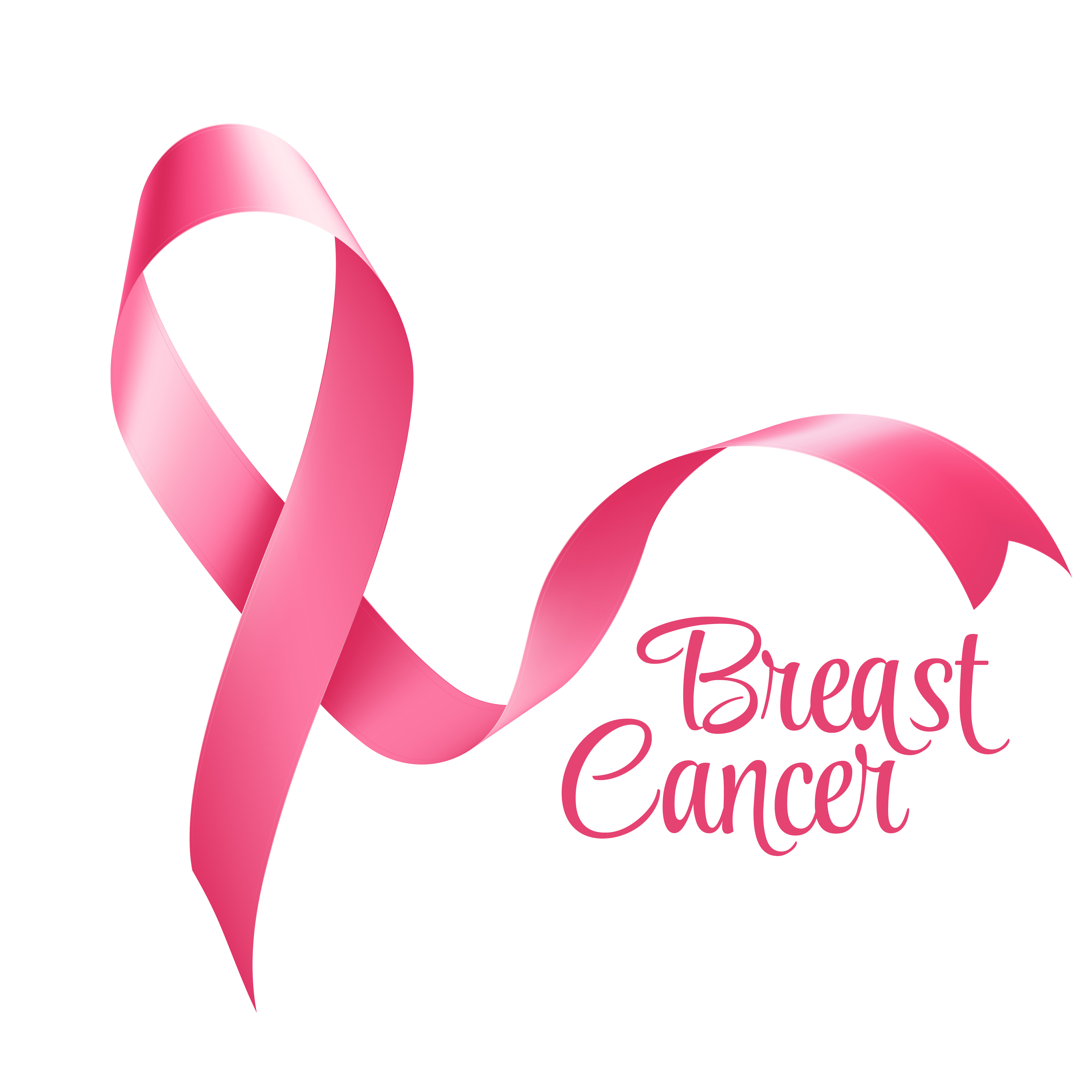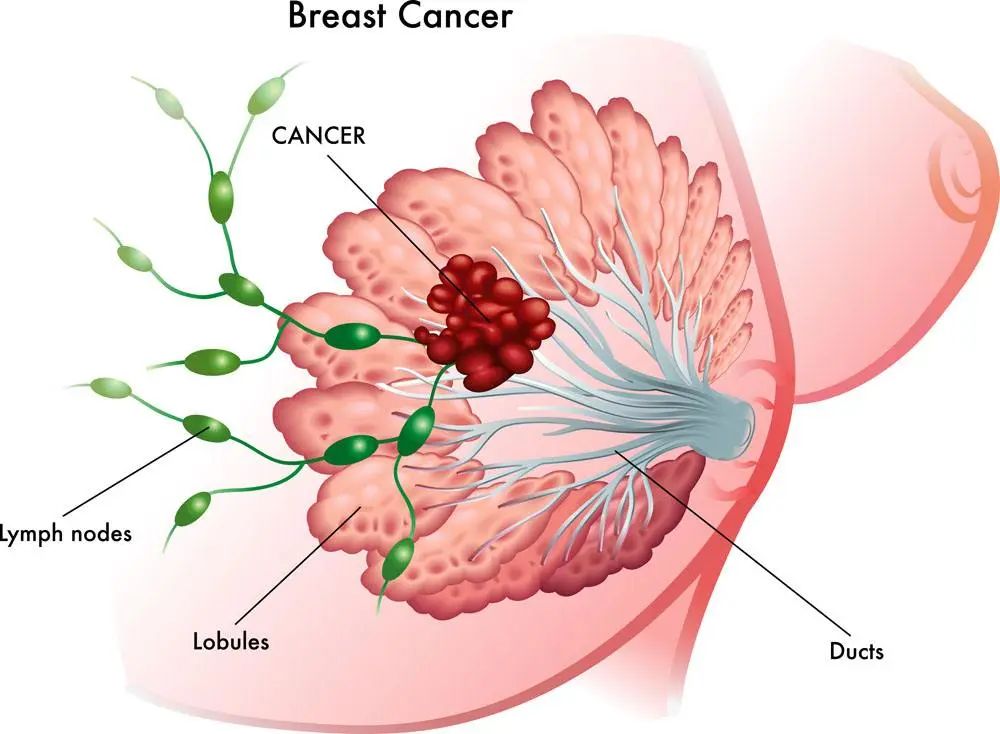October 18th is "Breast Cancer Prevention Day" every year.
Also known as-Pink Ribbon Care Day.
01 Know breast cancer
Breast cancer is a disease in which breast ductal epithelial cells lose their normal characteristics and proliferate abnormally under the action of various internal and external carcinogenic factors, so that they exceed the limit of self-repair and become cancerous.
02 Current situation of breast cancer
The incidence of breast cancer accounts for 7~10% of all kinds of malignant tumors in the whole body, ranking first among female malignant tumors.
Age characteristics of breast cancer in China;
* Low level at the age of 0 ~ 24.
* Gradually rising after the age of 25.
*50~54 years old group reached the peak.
* Gradually decline after the age of 55.
03 Etiology of breast cancer
The cause of breast cancer is not fully understood, and women with high risk factors for breast cancer are prone to breast cancer.
Risk factors:
* Family history of breast cancer
* Early menarche (< 12 years old) and late menopause (> 55 years old)
* Unmarried, childless, late-bearing, not breastfeeding.
* Suffering from breast diseases without timely diagnosis and treatment, suffering from atypical hyperplasia of breast.
* Chest exposure to excessive doses of radiation.
* Long-term use of exogenous estrogen
* carrying breast cancer susceptibility genes
* Postmenopausal obesity
* Long-term excessive drinking, etc.
04 Symptoms of breast cancer
Early breast cancer often has no obvious symptoms or signs, which is not easy to attract the attention of women, and it is easy to delay the opportunity of early diagnosis and treatment.
Typical symptoms of breast cancer are as follows:
* Painless lump, the most common symptom of breast cancer, is mostly single, hard, with irregular edges and unsmooth surface.
* nipple discharge, unilateral single-hole bloody discharge is often accompanied by breast masses.
* Skin change, dimple sign of local skin depression "is an early sign, and the appearance of" orange peel "and other changes is a late sign.
* nipple areola changes. Eczematous changes in areola are the manifestations of "eczema-like breast cancer", which is often an early sign, while nipple depression is a sign of middle and late stage.
* Others, such as axillary lymph node enlargement.
05 breast cancer screening
Regular breast cancer screening is the main measure for early detection of asymptomatic breast cancer.
According to the guidelines for screening, early diagnosis and early treatment of breast cancer:
* Breast self-examination: once a month after the age of 20.
* Clinical physical examination: once every three years for 20-29 years old and once every year after 30 years old.
* Ultrasound examination: once a year after the age of 35, and once every two years after the age of 40.
*X-ray examination: basic mammograms were taken at the age of 35, and mammograms were taken every two years for the general population; If you are over 40 years old, you should have a mammogram every 1-2 years, and you can have a mammogram every 2-3 years after 60 years old.
06 Prevention of breast cancer
* Establish a good lifestyle: develop good eating habits, pay attention to balanced nutrition, persist in physical exercise, avoid and reduce mental and psychological stress factors, and keep a good mood;
* Actively treat atypical hyperplasia and other breast diseases;
* Do not use exogenous estrogen without authorization;
* Do not drink excessively for a long time;
* Promoting breastfeeding, etc.
Breast cancer solution
In view of this, the detection kit of carcinoembryonic antigen (CEA) developed by Hongwei TES provides solutions for the diagnosis, treatment monitoring and prognosis of breast cancer:
Carcinoembryonic antigen (CEA) assay kit (fluorescence immunochromatography)
As a broad-spectrum tumor marker, carcinoembryonic antigen (CEA) has important clinical value in differential diagnosis, disease monitoring and curative effect evaluation of malignant tumors.
CEA determination can be used to observe the curative effect, judge the prognosis and monitor the recurrence of malignant tumor after operation, and it can also be increased in benign breast adenoma and other diseases.
Sample type: serum, plasma and whole blood samples.
LoD:≤2ng/mL
Post time: Oct-23-2023


